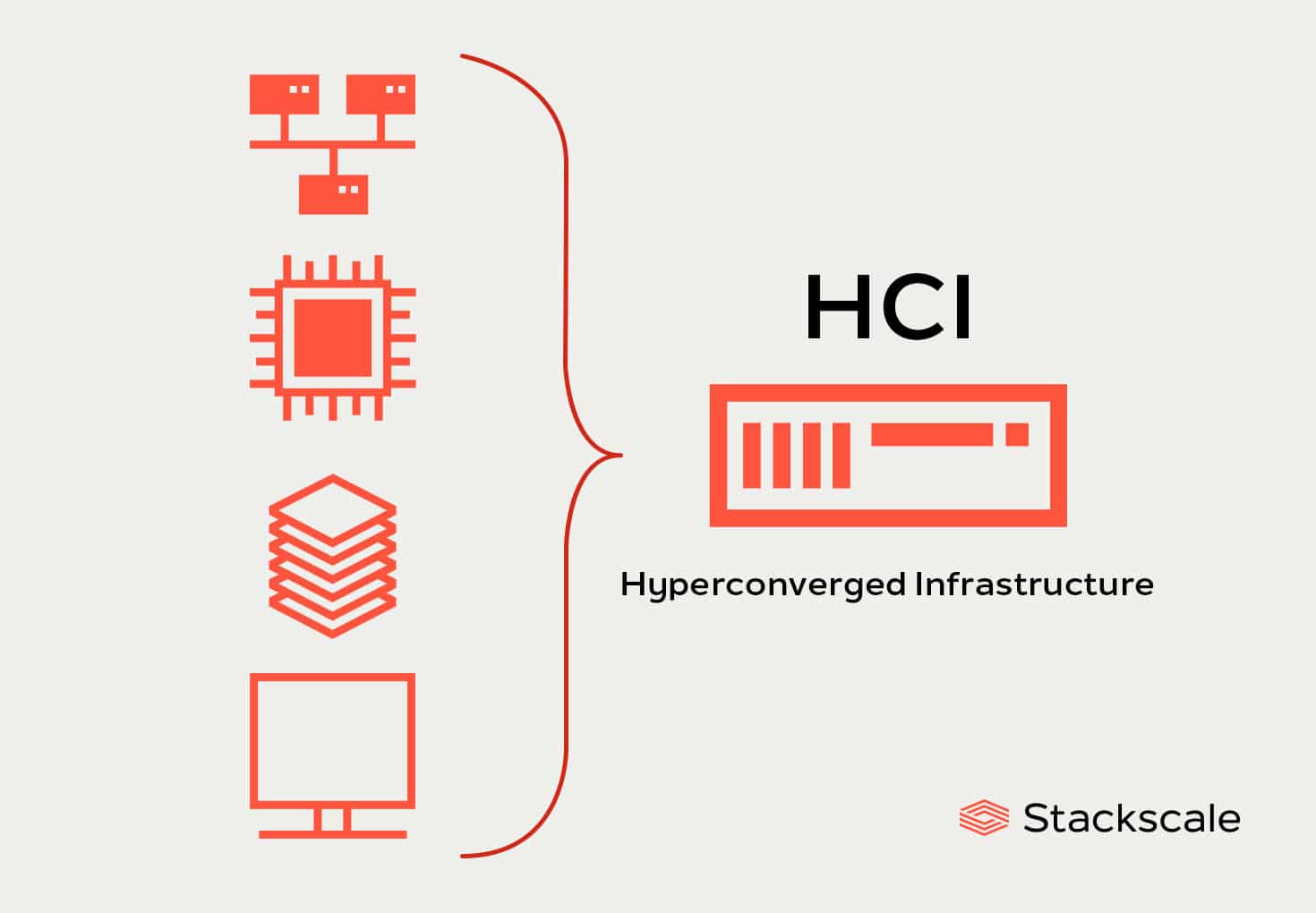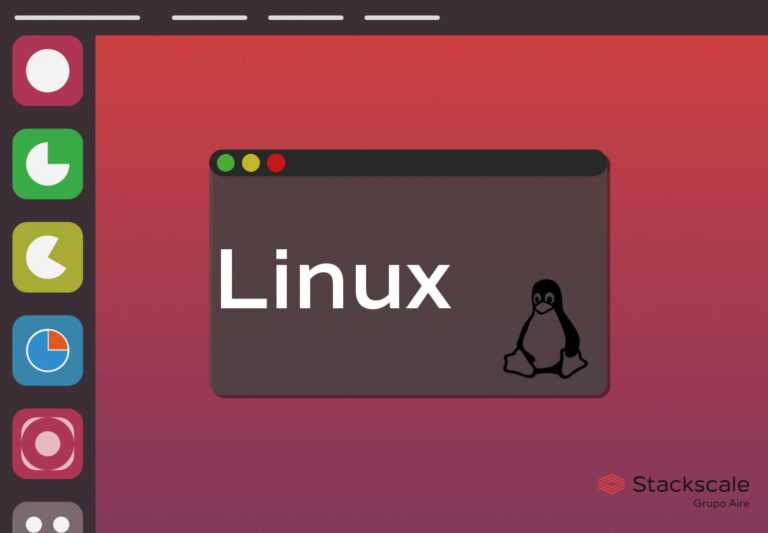Hyperconvergence is an IT infrastructure aiming to reduce data center complexity. It does so by combining computing, storage, networking and management capabilities in a single system.
In addition to reducing complexity, it also allows to increase scalability, flexibility and IT efficiency. Besides, hyperconverged systems help reduce costs while ensuring the necessary availability, reliability and performance. They make the IT modernization process easier and more cost-efficient.
What is Hyperconverged Infrastructure or HCI?
A hyperconverged infrastructure or HCI is a software-defined system that unifies all the elements of a traditional data center: computing, storage, networking and management. It acts as a cloud service, where the infrastructure runs in the hypervisor of a virtual machine. Freeing users from the responsibility of taking care of the hardware.
HCI offers a flexible and competitive foundation for implementing modern applications, edge computing, disaster recovery solutions, etc.
By virtualizing all data center elements, companies can more easily deploy additional modules and expand capacity on-demand. Besides, HCI stands out for unifying the management of resources, including advanced management and automation capabilities.
Hyperconverged infrastructures rely on a hypervisor for managing the virtualized computing, software-defined storage and software-defined networking. Generally, software-based HCI offers more flexibility, is easier to manage and less expensive to operate.
Elements within a hyperconverged infrastructure
A hyperconverged system or architecture includes the following software components:
- Computing virtualization.
- Storage virtualization.
- Networking virtualization.
- Management and automation.
Improving agility in data center modernization processes
When embarking on a data center modernization project, HCI offers agility without the need of giving up control over hardware. It provides a level of control similar to that offered by the bare-metal and cloud solutions we design at Stackscale, where it is also possible to deploy hyperconverged infrastructure solutions.
Hyperconvergence allows running and managing both traditional and modern applications across data centers and different types of cloud. Moreover, hyperconvergence eliminates the need of having a specialized team, as it is designed to be managed by cloud administrators.
Workloads suitable for HCI
Hyperconverged infrastructure was originally intended for general-purpose workloads and VDI (short for Virtual Desktop Infrastructure). However, HCI is currently used for a wide range of workloads, such as:
- Enterprise applications
- Databases
- Private Cloud
- Analytics
- File and print services
- Web servers
- Commercial software
- Edge computing deployments
- Development environments
- Remote management
The benefits of Hyperconverged Infrastructure or HCI
Simplicity, automation and flexibility are some of the main features of the hyperconvergence model. Here is a list of the main benefits of Hyperconverged Infrastructure.
Costs savings
Hyperconverged infrastructure offers a lower TCO (Total Cost of Ownership) and enhances the optimization of infrastructure costs. It allows companies to cut costs on different areas such as hardware, data center power and space or hiring specialized IT staff.
Even though it also entails an increase in software expenses, the savings overcome the costs.
Simplicity, efficiency and automation
HCI provides simplicity and flexibility; specially when compared with legacy and traditional IT solutions. All processes run on the same layer, centralizing management and increasing efficiency through automation.
In addition to increasing IT efficiency and productivity, automation also reduces the risk of user errors by increasing. Besides, as everything is virtualized, systems benefit from high availability, as they are not disrupted by updates and other maintenance tasks.
Scalability
Hyperconvergence also allows organizations to scale easily, fast and on-demand, without disruptions. It provides both horizontal and vertical scalability to IT environments. Furthermore, it allows to independently scale compute and storage capacity via a disaggregated model.
Differences between converged and hyperconverged infrastructures
A hyperconverged infrastructure unifies all the elements within a traditional data center, computing, storage, networking and management, within a software-defined system.
A traditional converged infrastructure combines computing, storage, networking and management capabilities within a system depending directly on the hardware.
HCI deployment
Companies can easily deploy hyperconvergence with our fully configurable bare-metal servers and private cloud servers, with 24/7 monitoring.
Furthermore, deploying HCI solutions at Stackscale offers additional benefits because companies can leverage the deployment of equipment in several data centers at the same time to increase resilience and achieve high availability.
Among the most popular solutions to implement hyperconverged infrastructures that can be deployed at Stackscale, we would like to highlight:
- VMware’s HCI (vSphere, vSAN, NSX and vRealize Cloud Management).
- Nutanix Enterprise Cloud.
- Red Hat Hyperconverged Infrastructure.
- Proxmox.
- Sangfor HCI.
- OpenStack.
Nevertheless, our specialized technical team provides support to deploy any type of solution. Please do not hesitate to contact us for further details.





